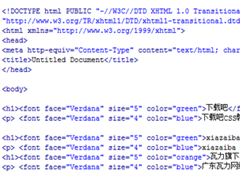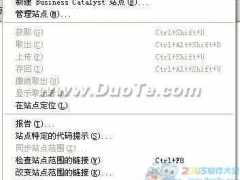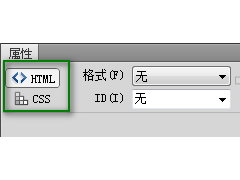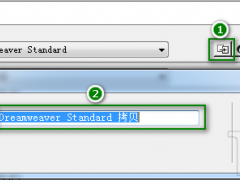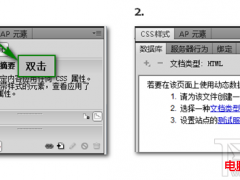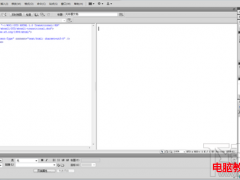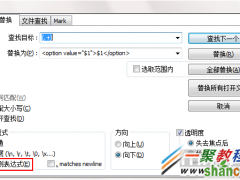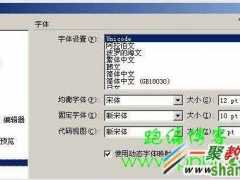Ruby支持一系列丰富的运算符的一个现代化的语言。大多数运算符实际上是方法调用。例如,a + b的被解释为a,
+(b)变量引用的对象的方法被称为一个用b作为它的参数。
对于每个运算符 (+ - * / % ** & | ^ << >> && ||), 有相应的赋值运算符缩写形式 (+= -= 等)
Ruby算术运算符:
假设变量a=10,变量b=20:

Ruby比较操作符:
假设变量a=10,变量b=20:

Ruby赋值运算符:
假设变量a=10,变量b=20:

Ruby并行赋值:
Ruby还支持并行赋值的变量。这使得多个一行Ruby代码来初始化变量。例如:
?
1 2 3 a = 10 b = 20 c = 30需要更迅速声明,使用并行赋值:
?
1 a, b, c = 10, 20, 30并行赋值交换两个变量的值也是有用的:
?
1 a, b = b, cRuby位运算符:
位运算符位和位操作执行位。
假设当a =60和b=13;现在以二进制格式将如下:
?
1 2 3 4 5 6 7 8 9 10 11 12 13 a = 0011 1100 b = 0000 1101 ----------------- a&b = 0000 1100 a|b = 0011 1101 a^b = 0011 0001 ~a = 1100 0011支持Ruby语言的位运算符

Ruby逻辑运算符:
支持Ruby语言的逻辑运算符
假设变量a=10,变量b=20:

Ruby三元运算符:
还有一个运算符称为三元运算符。这首先计算一个表达式为true或false值,然后执行一个计算结果来决定两个语句的哪一个。条件运算符的语法如下:

Ruby范围运算符:
Ruby中的序列范围是用来创建连续值 - 组成了开始值/结束值,并在两者之间的值的范围内。
在Ruby中,创建这些序列使用“..”和“...”范围运算符。这两个点的形式建立一个包容性的范围,而三个点的形式创建了一个范围,不包括指定的最大值。

Ruby defined? 操作符:
defined是一个特殊的操作符采取的形式的方法调用,以确定是否通过表达式定义。如果没有被定义的表达式,它返回一个描述字符串求解出的表达式或nil
有很多种用法 defined操作符:
用法 1
?
1 defined? variable # True if variable is initialized例如 :
?
1 2 3 4 foo = 42 defined? foo # => "local-variable" defined? $_ # => "global-variable" defined? bar # => nil (undefined)用法 2
?
1 defined? method_call # True if a method is defined例如 :
?
1 2 3 defined? puts # => "method" defined? puts(bar) # => nil (bar is not defined here) defined? unpack # => nil (not defined here)用法 3
?
1 2 # True if a method exists that can be called with super user defined? super例如 :
?
1 2 defined? super # => "super" (if it can be called) defined? super # => nil (if it cannot be)用法 4
?
1 defined? yield # True if a code block has been passed例如 :
?
1 2 defined? yield # => "yield" (if there is a block passed) defined? yield # => nil (if there is no block)Ruby "." 双冒号 "::" 运算符:
调用一个模块方法,通过模块的名称和句点它的名字前,引用一个常数使用该模块的名称和两个冒号。
::使得一元运算符,常数,实例方法和类方法在类或模块定义,从任何地方访问外的类或模块。
请记住:在Ruby中,类和方法可以被视为常数。只需要前缀::Const_name的表达式返回相应的类或模块对象。
如果没有前缀表达式时,主要对象类默认情况下使用。
这里有两个例子:
?
1 2 3 4 5 6 7 8 9 10 11 12 13 14 15 16 17 18 19 20 21 22 23 24 25 26 27 28 29 30 MR_COUNT = 0 # constant defined on main Object class module Foo MR_COUNT = 0 ::MR_COUNT = 1 # set global count to 1 MR_COUNT = 2 # set local count to 2 end puts MR_COUNT # this is the global constant puts Foo::MR_COUNT # this is the local "Foo" constant Second Example: ConST = ' out there' class Inside_one ConST = proc {' in there'} def where_is_my_ConST ::ConST + ' inside one' end end class Inside_two ConST = ' inside two' def where_is_my_ConST ConST end end puts Inside_one.new.where_is_my_ConST puts Inside_two.new.where_is_my_ConST puts Object::ConST + Inside_two::ConST puts Inside_two::ConST + ConST puts Inside_one::ConST puts Inside_one::CONST.call + Inside_two::ConSTRuby运算符优先级
下表列出了所有运算符从最高优先级到最低。

注: 方法列一个是运算符实际上是方法,因此可能会被改写。




